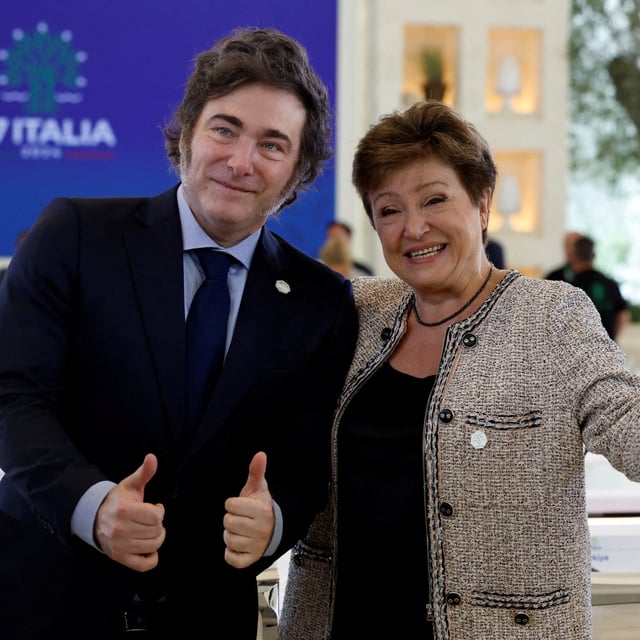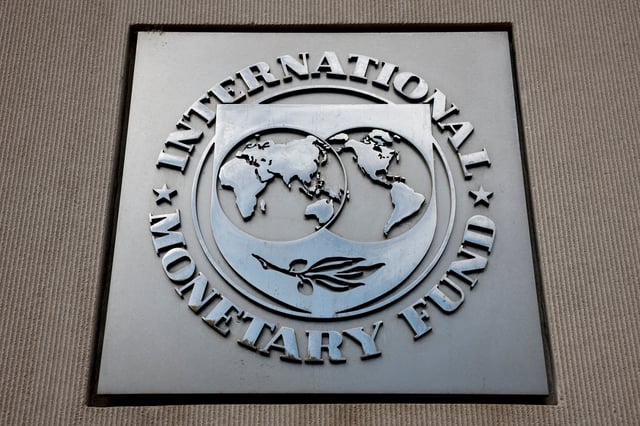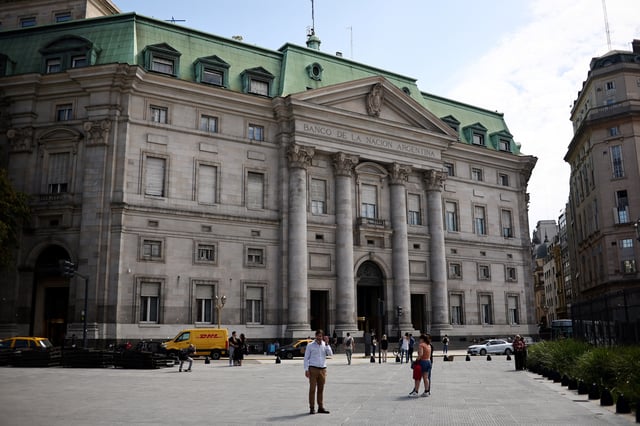Overview
- Argentina finalized a $42 billion international financial package, including a $20 billion IMF loan, $12 billion from the World Bank, and $10 billion from the Inter-American Development Bank.
- The government eliminated currency controls, allowing the peso to trade within a moving band of 1,000 to 1,400 pesos per dollar, with the band expanding by 1% monthly.
- The IMF disbursed an initial $12 billion, with an additional $2 billion set for release in June, aiming to stabilize reserves and support economic reforms.
- The reforms are part of President Milei's broader austerity measures, which include spending cuts and deregulation, to restore market confidence and curb inflation.
- Economists warn of potential risks, including market volatility and devaluation, as the peso adjusts to the new exchange rate system.



